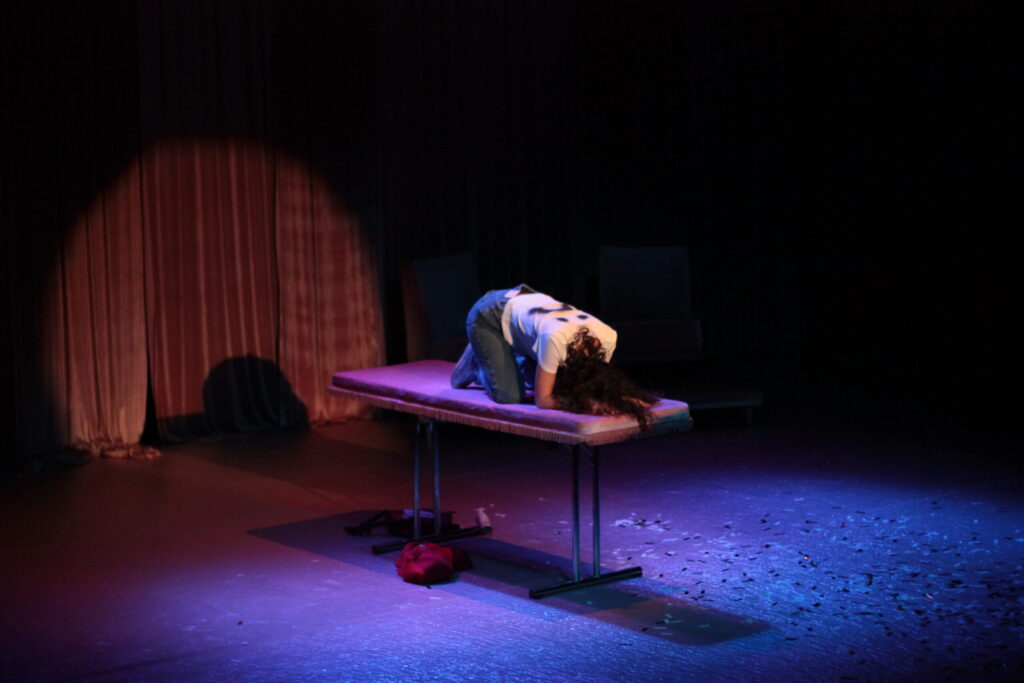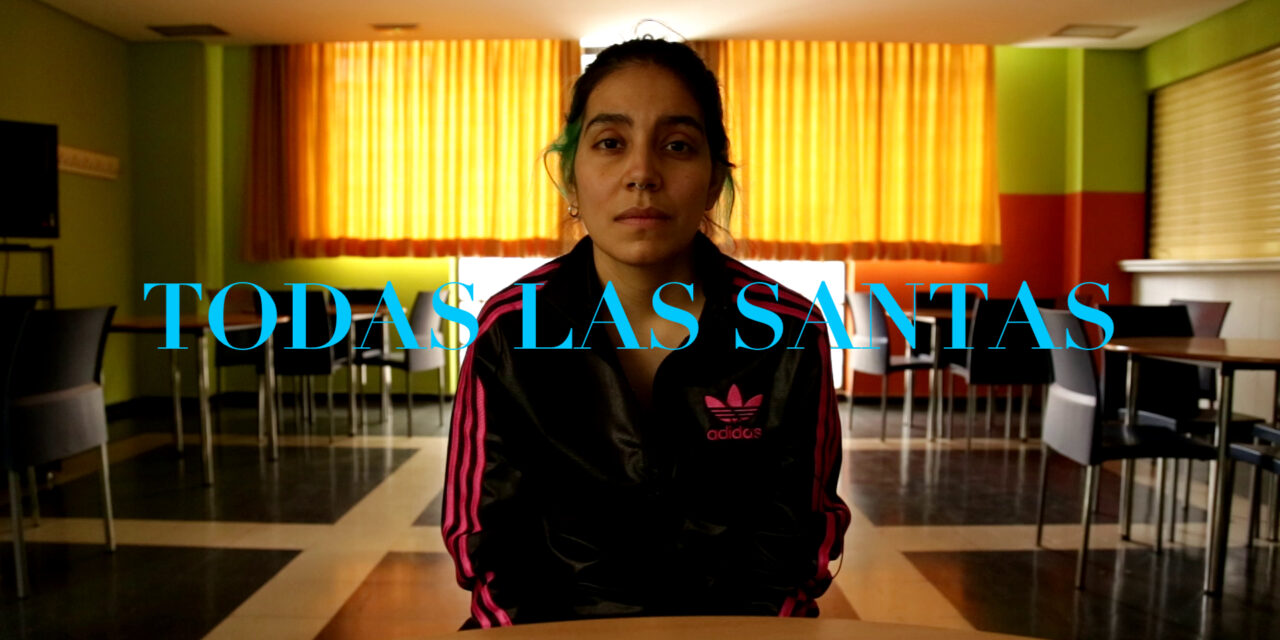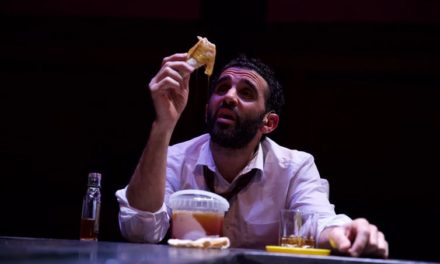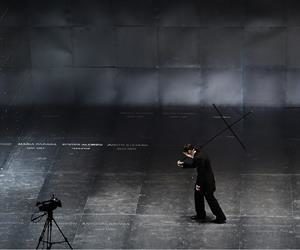The Spanish capital ranks amongst the European cities with the highest mortality rates for COVID-19, with deaths exceeding 2,200 per million (around 25% higher than London, and 33% more than in Paris), If the recent May 4 election results are anything to go by, however, its citizens resent the left-wing central government’s lockdown policies more than the laissez-faire approach adopted by the greater Madrid administration under conservative control. Regional President, Isabel Díaz Ayuso, increased her share of the vote through a much-mocked yet effective campaign: “Libertad o comunismo” (“Freedom or communism”). On election night, the sound of Spanish balladeer Nino Bravo’s 1972 hit “Libre” (“Free”) – earlier appropriated by the Pinochet regime in Chile following the coup against the Allende government – could be heard blaring out of flats and bars across the city and beyond.
The privileging of personal over political liberties has been a mainstay of Madrid’s urban identity since the heady days of the post-Franco Transition to democracy. It is ironic that Díaz Ayuso has unwittingly re-appropriated the municipal chauvinism and doctrine of tolerance preached by Enrique Tierno Galván, the city’s former Marxist Mayor (1979-1986). This retired academic may have been a homophobic misogynist, but he transformed Madrid’s cultural landscape, providing generous subsidies for everything from avant-garde theatre to amateur heavy metal battle of the bands. The regional electorate responded well to politicians who promote culture and socializing as immutable rights. Díaz Ayuso played to the gallery, authorizing the first post-COVID-19 bullfight in Madrid two days prior to votes being cast.
Theatres opened almost immediately after the end of the initial lockdown last year, with activity far closer to normal than in virtually any other major European city. Publically-funded theatre companies are less reliant on ticket sales to tourists than their counterparts in Paris or London, whilst Madrid has benefitted in recent years from the exodus of leading practitioners from Barcelona. As happened under Tierno Galván´s watch, the Spanish capital has welcomed many Catalans excluded by the often asphyxiating and parochial nationalist agenda. A key player in the early of the Teatro Lliure, arguably Barcelona’s flagship theatre since 1976, actor and director Lluís Homar – best known internationally for his work with Almodóvar – was appointed director of the Madrid-based CNTC (National Classical Theatre Company) in 2019. Artistic director Joan Matabosch’s move from Barcelona’s Teatro Liceu was a genuine coup, the Madrid institution winning Company of the Year at the 2021 International Opera Awards in recognition of the quality of their 2019 season and for being amongst the first in the world to return to live performance during the pandemic. Less positively, cases of COVID-19 were reported at the Teatro Real back in April, whilst my plans to see the CNTC’s production of Lope de Vega’s Castelvines y Monteses (The Capulets and Montagues) – which plows a similar furrow to Shakespeare’s Romeo and Juliet – in May were scuppered when a cast member tested positive.
Over the course of a week in Madrid, I did manage, however, to attend two very different theatrical events united by a shared commitment to documenting the female experience. In the Cultural Centre of the Pozo del Tío Raimundo – one of the poorest areas of the capital, a short ten-minute train ride away from the centre – dancer Luz Arcas and her prize-winning company La Pharmacó (https://lapharmaco.com/en/) brought together a group of locals who have signed up to carry out a series of workshops and rehearsals, which will culminate in a live performance for the local community on June 19, titled Todas las santas (All the Female Saints). For this journey, the drama resides at least as much in process as in the final product.
In the workshop I attended, the emphasis was on teaching techniques in order to facilitate the expression of the individual and the collective through ritual and dance. The “Lambada”, a 1989 hit for French-Brazilian band Kaoma, was used alongside curated club tracks as a prompt alongside photographic images – which ranged from portrait shots of loved ones to bloody scenes of bullfighting – for the participants, aged between twenty and fifty, to think back to recollections of their first dance and who was with them before bringing that memory into the realm of the present. A combination of free dancing with carefully choreographed and intricate collective moves, whose close physical intimacy made masks necessary, were employed as a means of raising consciousness and nurturing concentration. At the end of the session, the participants joined in a circle to discuss the experience. One young Latin American woman spoke positively of how liberating she found this kind of modern dance to which she was new, when her previous experiences in classes with more commercial music had been too fixated on scripted enactments of perfection.
Whilst Todas las santas strives to break down the Cartesian divide, to utilize body and mind as collaborative avatars for expression and reflection, across town Sucia (Dirty) (re)configures the female form as a site of oppression. Staged at the Teatro de la Abadía, a public theatre funded by the regional government in the upmarket fervently pro-Díaz Ayuso district of Chamberí, this multimedia autobiographical interrogation of sexual abuse was written and directed by Bàrbara Mestanza who also takes the starring role. In real life, the Catalan-born actress moved to Madrid to star in failed television soap opera, Amar es para siempre (Love is Forever). Priding herself on being a strong modern feminist young woman, she felt ashamed of the loneliness and vulnerability she experienced in a new city. Desperate for human connection and wanting to relax, she visited a massage parlor near her flat in the Latina district of the city. She remained silent as the masseur molested her, paid for the service, and heeded his request to leave her phone number for a follow-up appointment.

Sucía (Dirty). PC: Teatro Abadía.
Sucia revisits this real-life moment five years later as a form of individual and collective therapy. As the audience take their seats, images are shown on screens surrounding the three walls of the stage of men being interviewed about their thoughts on sexual abuse, whilst spectators are asked to use a QR code on the seat in front of them to respond to questions about whether they have been victims, perpetrators or could imagine themselves being so. The two-hour production featuring Mestenza and co-star Nacho Aldeguer begins with him appearing on stage to describe the central event’s pre-history. Aldeguer strips naked to receive the message, which a male member of the audience is called upon to administer. Taken step to step through the process of giving a bad massage, tensions arise in the auditorium as the volunteer is instructed to insert his finger into the horizontal subject’s anus. When, at least in the performance I witnessed, he resists all coercions to do so, Mestenza jumps into action to say how easy it is to do the right thing and not violate others.
If anger is an energy, the actress’s indignant vivacity helps to sustain attention for a performance whose overarching dramatic arc is effective if lengthy, a number of scenes in need of further workshopping to make snappier. Aldeguer donning a Trump mask mid-way through the show lacks subtlety, but elsewhere the intercalation of interviews on the video screens with lawyers and gender specialists in Catalan and Castilian broadens the canvas without lapsing into didacticism. The abuser boasting of crazy nights out whilst the sound-system of the Abadía blasts out Chima Bayo’s techno classic “Así me gusta a mí” (“That’s How I Like It”), a song which evokes images of the club scene from the film Jamón, Jamón (Bigas Luna, 1992) featuring a scantily-clad teenage Penélope Cruz. Groping and aggressive flirtation have long been normalized in a land renowned for its vibrant nightlife and traditional gender roles.
In the Spanish context, the accented Me Too movement needs to be understood in relation to the legacy of the Franco dictatorship and the mocking of feminists as killjoys during a Transition that largely assumed gender parity would automatically follow with the return of democracy. As indicted in Jauría, a 2019 verbatim play staged at the Kamikaze Theatre in the Latina, the lenient sentences issued to the perpetrators of the 2016 gang rape against a teenage girl in Pamplona exposed the antiquated nature of Spanish legislation and much of the judiciary. Incorporating images of Rocío Carrasco within Sucía is indicative of an attempt to engage in an ongoing conversation about defining abuse. Long pilloried for being an inadequate mother, the televised denunciation by the forty-four-year-old daughter of Spanish balladeer Rocío Jurado and boxer Pedro Carrasco about her ex-husband’s psychological violence registered twenty-five percent of the screen share. The documentary relegated a chat-show interview with Socialist Prime Minister (1982-1996) Felipe González, on the twenty-fifth anniversary of his departure from government, into a clear second place.
The underlying conceit of Sucia is to deconstruct common-sense notions of consent. For years, Mestenza struggled to come to terms with why she did not resist when no explicit threat was made. When she started sharing her experiences with others, her self-admonishment was reinforced by their questioning of why she didn’t say or do anything to bring the prolonged assault to a close. The production attempts to provide some clues as opposed to answers to this lingering doubt, as well as charting her journey since the assault. Cultural myths and toxic masculinities are shown to give license to behavioral patterns internalized by men and women alike. There are hints of Madame Bovary as an initially sympathetic hipster boyfriend, typical of the demographic who bought tickets for Jauría or Sucía, offers support but on his terms, seeking co-ownership of a trauma that is hers alone.
More generally, the problems of seeking closure through therapy or theatre are incorporated into the play itself as Mestenza talks of how the event continues to haunt her, resisting the false comforts of magical solutions. The closest that can be achieved is a recognition that something bad has happened, and the play’s climax comes with the assault being described in graphic detail for the first time by the victim on-stage. We hear of how the perverse inescapable logic of the assailant was that she needed to release tension, proof of which was manifest by the difficulty it took for him to penetrate her vagina. Sucia appeals to the need to listen to victims, whilst suggesting that a story such as this ought neither to be minimized nor seen as exceptional. The production ends with statistics for how many people in the theatre have been abused or abused. Mestenza brings proceedings to a close-by appealing to the need to listen to victims. On the evening of May 27, she addressed a young woman sat in the row in front of me, who she suspected had suffered something similar, being amongst the forty percent of the spectators to have been abused. Assisted by technology, Mestenza read her audience well: the chosen spectator cried before joining an enthusiastic standing ovation. It may not solve the problem, but the collective recognition of the gendered hierarchy of freedoms in twenty-first-century Madrid is both a personal and political triumph.
This post was written by the author in their personal capacity.The opinions expressed in this article are the author’s own and do not reflect the view of The Theatre Times, their staff or collaborators.
This post was written by Duncan Wheeler.
The views expressed here belong to the author and do not necessarily reflect our views and opinions.

















